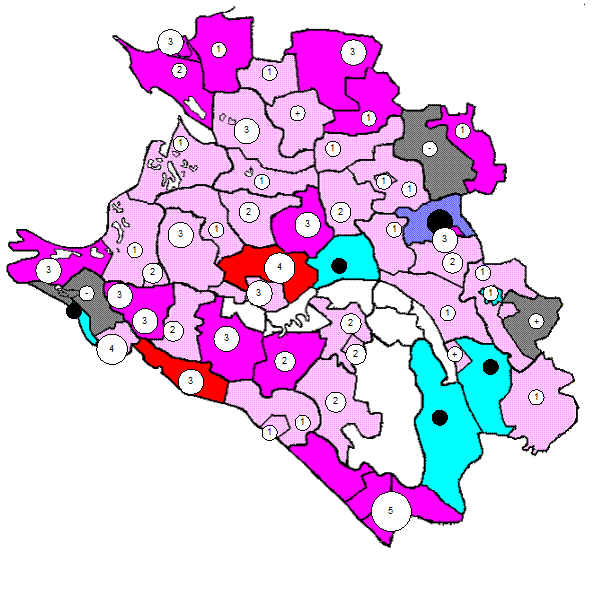Oxbridge
This name denotes the universities of Oxford and Cambridge, both founded in the medieval period. They are federations of semi-independent colleges, each college having its own staff, known as 'Fellows'. Most college have their own dining hall, library and chapel and contain enough accommodation for at least half of their students. The Fellows teach the college students, either one-to-one or in very small groups (known as 'tutorials' in Oxford and 'supervisions' in Cambridge). Oxbridge has the lowest student/staff ratio in Britain. Lectures and laboratory work are organized at university level. As well as the college libraries, there are the two university libraries, both of which are legally entitled to a free copy of every book published in Britain. Before 1970 all Oxbridge colleges were single-sex (mostly for men). Now, the majority admit both sexes. The old Scottish Universities By 1600 Scotland boasted four universities. They were Glasgow, Edinburgh, Aberdeen and St. Andrews. The last of these resembles Oxbridge in many ways, while the other three are more like civic universities in that most of the students live at home or find their own rooms in town. At all of them the pattern of study is closer to the continental tradition than to the English one - there is less specialization than at Oxbridge. The early nineteenth-century English universities Durham University was founded in 1832. Its collegiate living arrangements are similar to Oxbridge, but academic matters are organized at university level. The University of London started in 1836 with just two colleges. Many more have joined science, scattered widely around the city, so that each collage (most are non-residential) is almost a separate university. The central organization is responsible for little more than exams and the awarding of degrees. The older civic ('redbrick') universities During the nineteenth century various institutes of higher education, usually with a technical bias, sprang up in the new industrial towns and cities such as Birmingham, Manchester and Leeds. Their buildings were of local material, often brick, in contrast to the stone of older universities (hence the name, 'redbrick'). They catered only for local people. At first, they prepared students for London University degrees, but later they were given the right to award their own degrees, and so became universities themselves. In the mid twentieth century they started to accept students from all over the country. The campus universities These are purpose-built institutions located in the countryside but close to towns. Examples are East Anglia, Lancaster, Sussex and Warwick. They have accommodation for most of their students on site and from their beginning, mostly in the early 1960s, attracted students from all over the country. (Many were known as centres of student protest in the late 1960s and early 1970s). They tend to emphasize relatively 'new' academic disciplines such as social sciences and to make greater use than other universities of teaching in small groups, often known as 'seminars'. The newer civic universities These were originally technical colleges set up y local authorities in the first sixty years of this century. Their upgrading to university status took place in two waves. The first wave occurred in the mid 1960s, when ten of them (e.g. Aston in Birmingham, Salford near Manchester and Strathclyde in Glasgow) were promoted in this way. Then, in the early 1970s, another thirty became 'polytechnics', which meant that as well as continuing with their former courses, they were allowed to teach degree courses (the degrees being awarded by a national body). In the early 1990s most of these (and also some other colleges) became universities. Their most notable feature is flexibility with regard to studying arrangements, including 'sandwich' courses (i.e. studies interrupted by periods of time outside education). They are now all financed by central government.
|




